[Explanation of functions and issues] What is partial freezing, which slightly freezes food?
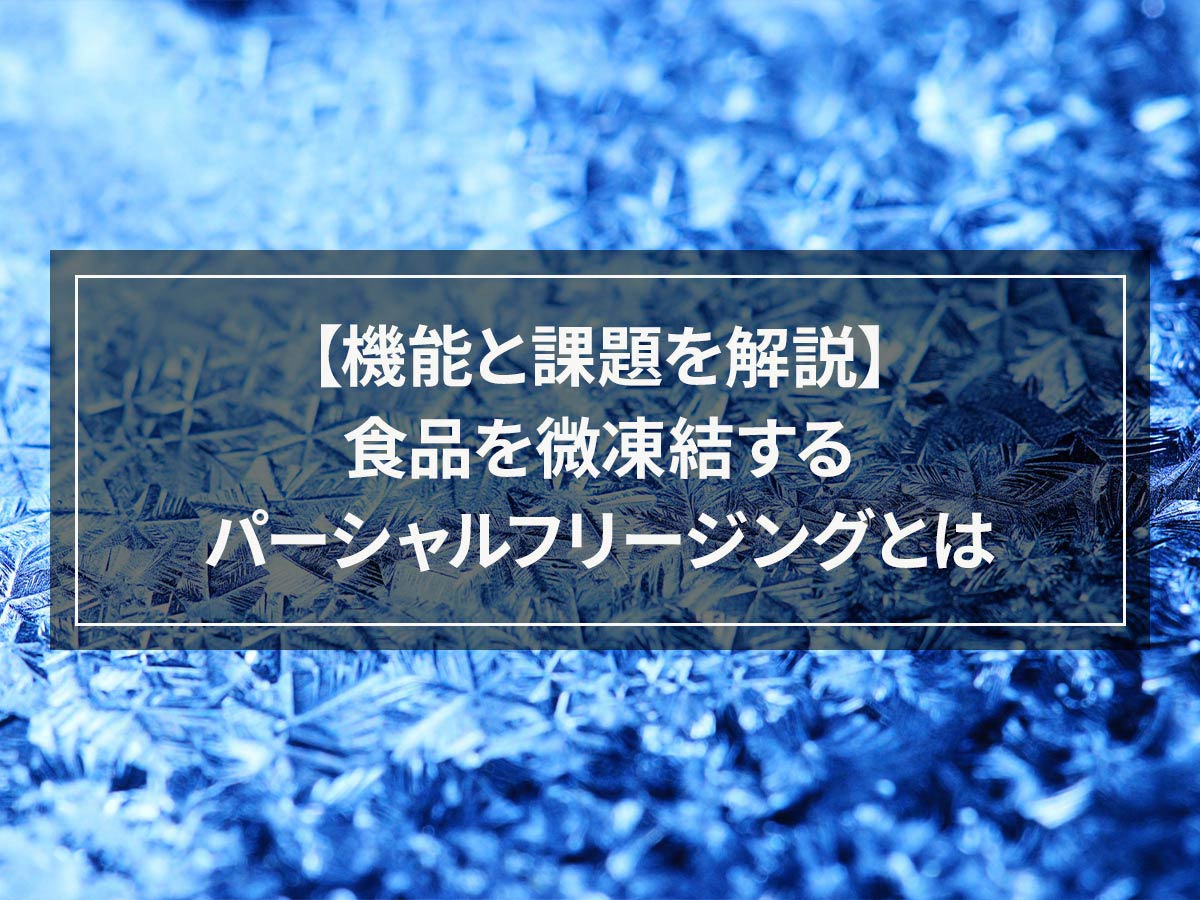
Did you know you can cook frozen foods without having to thaw them?
Partial freezing is a freezing technique that allows food to be stored for longer periods than regular refrigeration. It also means that food can be cooked without thawing, eliminating the need for unnecessary thawing time and preventing the deterioration of quality that occurs when thawing.
This time, I will tell you about partial freezing, which has become more common in recent years.
If you are considering introducing partial freezing, please read this article to understand its functions and problems.
目次
What is partial freezing?
Partial freezing refers to the method of freezing food at temperatures between 0℃ and -3℃.
This function is now being installed in home refrigerators as well, and the JIS refrigerator standard stipulates a temperature of around -3°C.
-3℃ is a temperature where ice begins to form inside the food, so the food does not freeze solid. This state is called "slight freezing," and is a freezing method in which the outer liquid around the cells of the food is only slightly frozen.
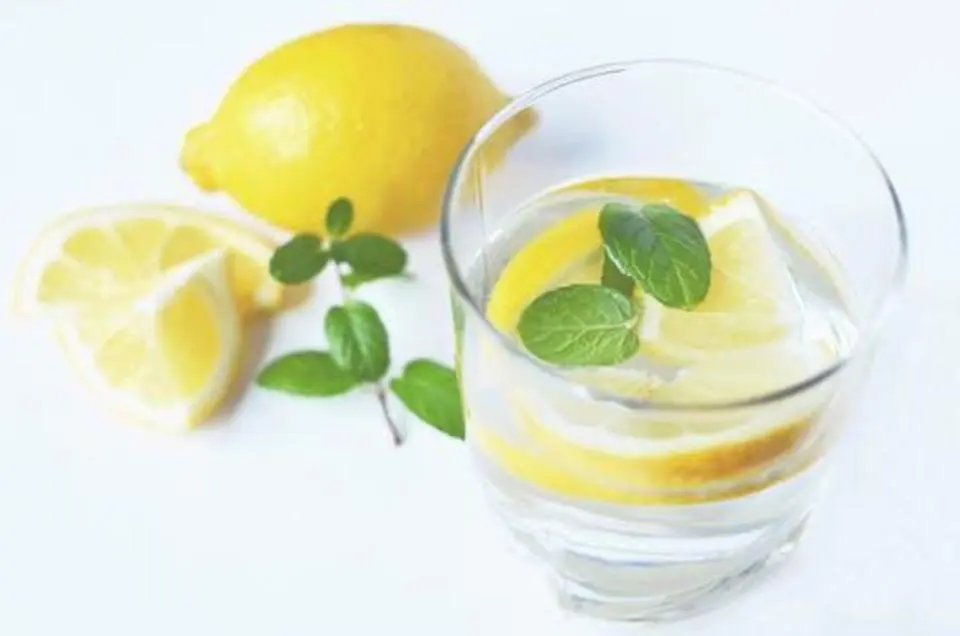
Partial freezing function
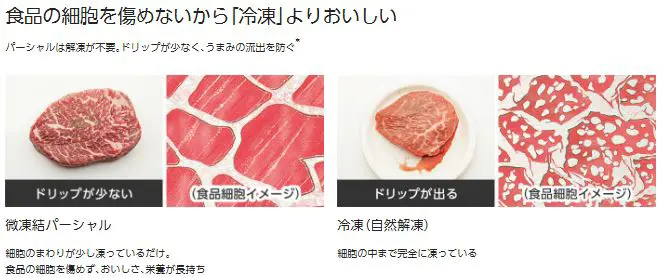
With normal slow freezing, when the water in the food freezes, ice crystals destroy the cells, resulting in a loss of quality.
By micro-freezing, food cells themselves are not damaged, so food damage can be suppressed and the food's deliciousness can be maintained compared to normal slow freezing.
Cooking frozen food using partial freezing will maintain the quality of the food better than thawing and cooking meat or fish that was stocked using slow freezing.
Increase shelf life
Compared to regular refrigeration, foods frozen with partial freezing can be stored several days longer.
In the case of fresh products such as meat and fish, it will take about 3 days if refrigerated, about 4 days if chilled, and about 7 days if partially stored.
Cooked items such as curry and meat sauce can be stored in the refrigerator for about 3 days, chilled for about 4 days, and partially stored for about 5 days.
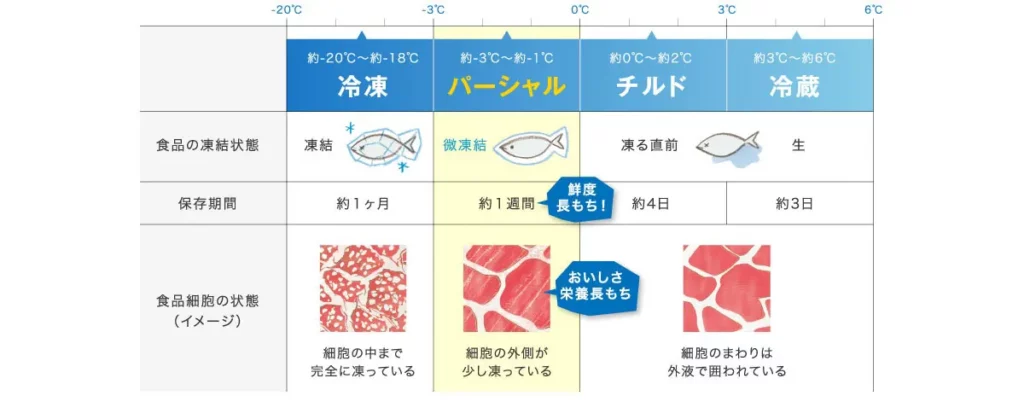
Can be cooked without thawing
Partial freezing is a method of freezing food by slightly freezing the outside of it, so it is possible to cut or cook with it without having to thaw it first.
This means that even if you freeze meat or fish in a block, you can simply cut it into the amount you need and use it without having to thaw it.
In addition, if you freeze liquid foods such as meat sauce or curry, you can also take out only the amount you need. Since there is no need to defrost it every time, you can store the unused portion without damaging it.
This technology kills two birds with one stone, eliminating the hassle of thawing while still keeping food in good condition.
Comparison of various refrigeration and freezing technologies and their differences

Common refrigeration technology
JIS standards require storage at 10℃ or below. It is the most familiar technology and can be used easily, but fruits, vegetables, meat, and fish only last about three days when refrigerated, and cannot be stored for long periods of time.
Chilled
Chilled food is defined by JIS refrigeration standards as being around 0°C, and is a method of preserving food by cooling it to the point of freezing. Suitable for preserving fruits and vegetables, fermented foods, pastes, etc. that you do not want to freeze. It is said that the appeal of this method is that it can keep food fresh for a longer period of time than regular refrigeration.
General refrigeration technology (slow refrigeration)
The temperature generally used in household refrigerators is specified by JIS as -18℃. When the temperature reaches this range, bacteria and enzymes can stop working, which prevents food poisoning.
However, issues include the long time it takes to freeze the food and the quality of the food itself being degraded after thawing.
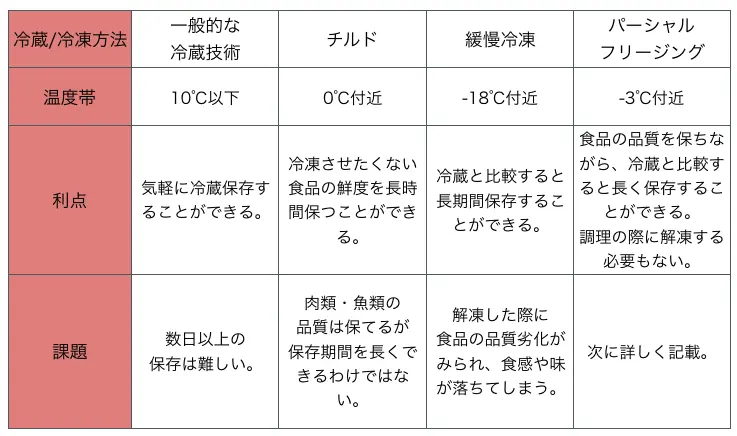
What are the issues and problems with partial freezing?
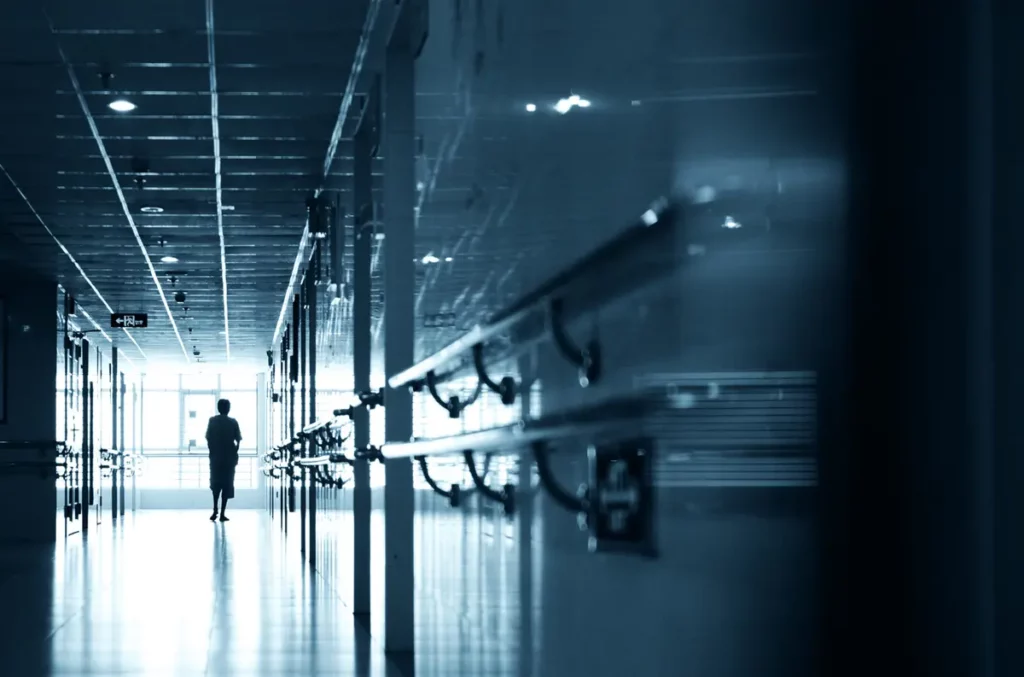
Short maximum storage period
Partial freezing provides a longer storage period compared to refrigeration or chilled freezing, but the storage period is still shorter than general slow freezing.
This may be difficult when trying to preserve ingredients that you have purchased in bulk at low cost or stocks that you have made in your spare time.
Quality deterioration after thawing
At temperatures between -1℃ and -3℃, bacterial growth can be inhibited. However, some enzymes are still active, causing metabolic imbalances, and depending on the food, protein deterioration and tissue damage can occur. It has also been pointed out that foods are prone to spoilage after thawing because this temperature range is prone to ice crystal formation.
It is fine to cook with frozen food, but if you thaw it and use it in cooking, it may affect the taste of the dish.
Solutions to issues/problems

Ice sensation technology that maintains quality for a long time without freezing
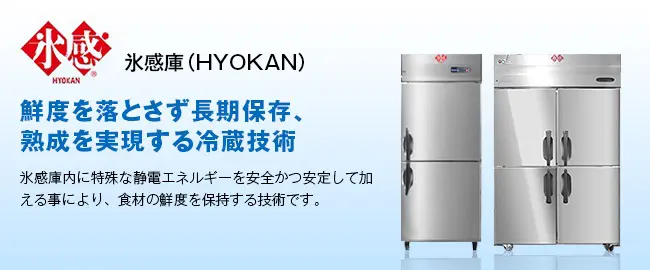
"Ice Feel" is the safe and stable addition of high voltage, low current, constant frequency electrical energy to conventional refrigeration technology, which has a beneficial effect on ingredients.
By applying voltage, food can be made less likely to freeze, and it is possible to preserve food without freezing even at temperatures as low as 10℃ to -10℃.
Not only meat and fish, but also vegetables and fruits can be stored for long periods without losing their freshness, solving the problem of limited storage period that is associated with partial freezing.
rapid freezing allows freezing while maintaining quality
rapid freezing refers to a freezing method in which food passes through the maximum ice crystal formation temperature range (-1℃ to -5℃) in a short period of time as the temperature of the food decreases. Foods can be frozen with nutrition, texture, and taste almost unchanged from before freezing, and not only raw food but also cooked food can be frozen while still hot.
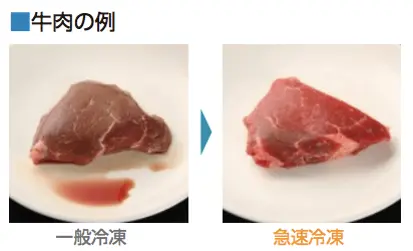
After rapid freezing, foods can be stored in the freezer for anywhere from two weeks to up to a year.
Although thawing is necessary before cooking, there is almost no deterioration in quality because the food is frozen for a short period of time. This freezing method solves the problems of partial freezing, such as the deterioration in quality after thawing and the short shelf life.
Conclusion
This time we talked about partial freezing as well as other refrigeration and freezing techniques.
Partial freezing can maintain food quality for several days longer than regular refrigeration or slow freezing, but it is not suitable for long-term storage and there is also concern that food quality may deteriorate after thawing.
Let's compare various refrigeration and freezing technologies and consider which technology we should introduce by weighing the advantages and disadvantages.
Also, the best preservation method will vary depending on the food you are handling, so we recommend actually freezing the food and comparing the methods.








![[Storage period increased by 30 times! ] Achieving a stable supply of raw whitebait!](https://shunkashutou.com/wp-content/uploads/2016/11/579c55e6d32e1385c250e8e7c3ed59a71.jpg)
![[Sales increased 100 times! ] rapid freezing the signature menu “Ni-katsu sandwich”!](https://shunkashutou.com/wp-content/uploads/2016/11/IMG_02391.jpg)
![[Horse sashimi] We have significantly reduced waste loss with rapid freezer!](https://shunkashutou.com/wp-content/uploads/2016/11/5fda59d0cbcdabde18e58c3c58c09ed0.jpg)




![[Storage period increased from 3 days to half a year! ] Restaurants are expanding their business using wholesale and mail order!](https://shunkashutou.com/wp-content/uploads/2018/04/66c19942ab4ba346fdb64ccc04cde373.png)
![[Reduce loss from 200 kg of oysters to zero] Improve loss and expand business with rapid freezer](https://shunkashutou.com/wp-content/uploads/2018/06/19785ca583a8d3c4041c7c192d041b0d.jpg)














![[Which products are popular? ! ] Recommended frozen food ranking](https://shunkashutou.com/wp-content/uploads/2023/08/frozen-food-ranking-1024x682-1.jpg)
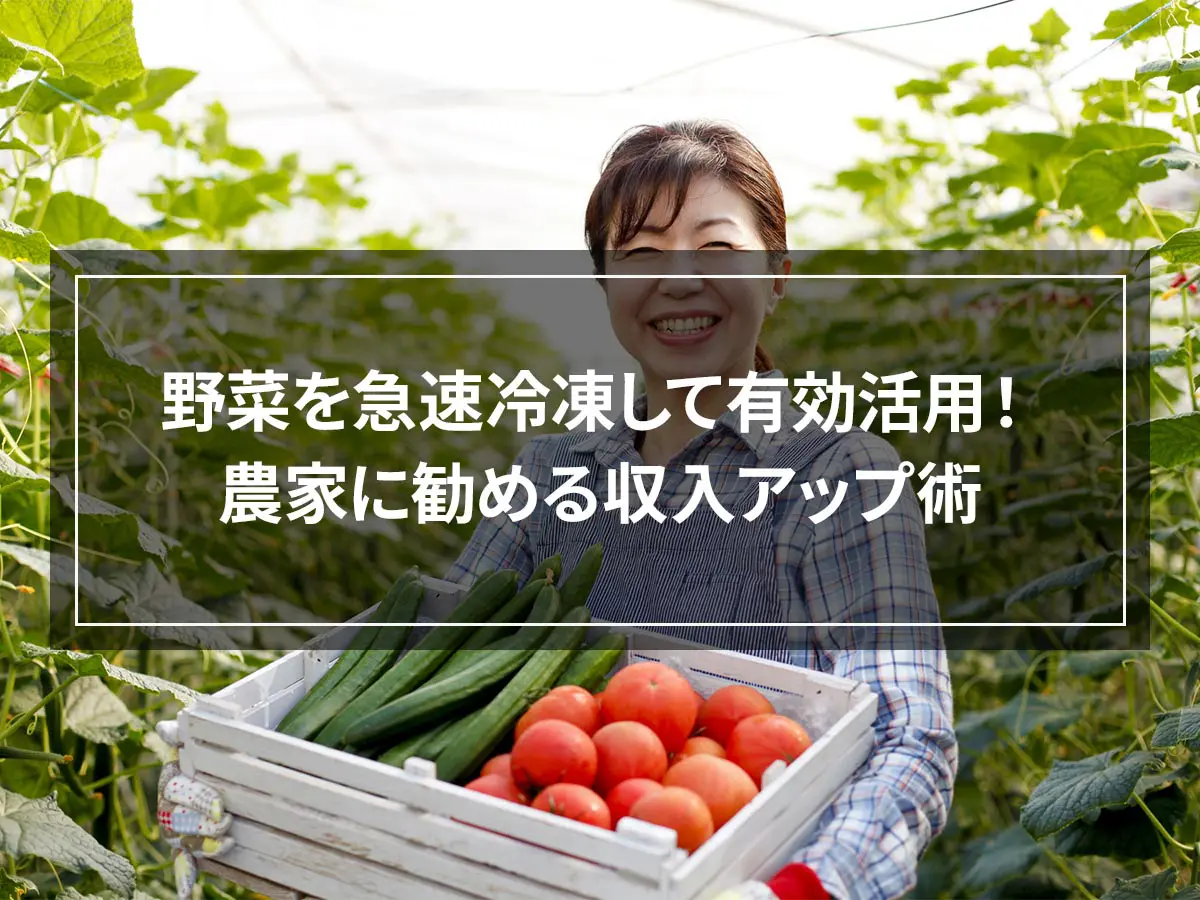
![[Shop for carefully selected fresh udon] 5 reasons why udon restaurants should introduce rapid freezing](https://shunkashutou.com/wp-content/uploads/2021/02/713146fd51058df15ccc18c6188c1407.jpg)
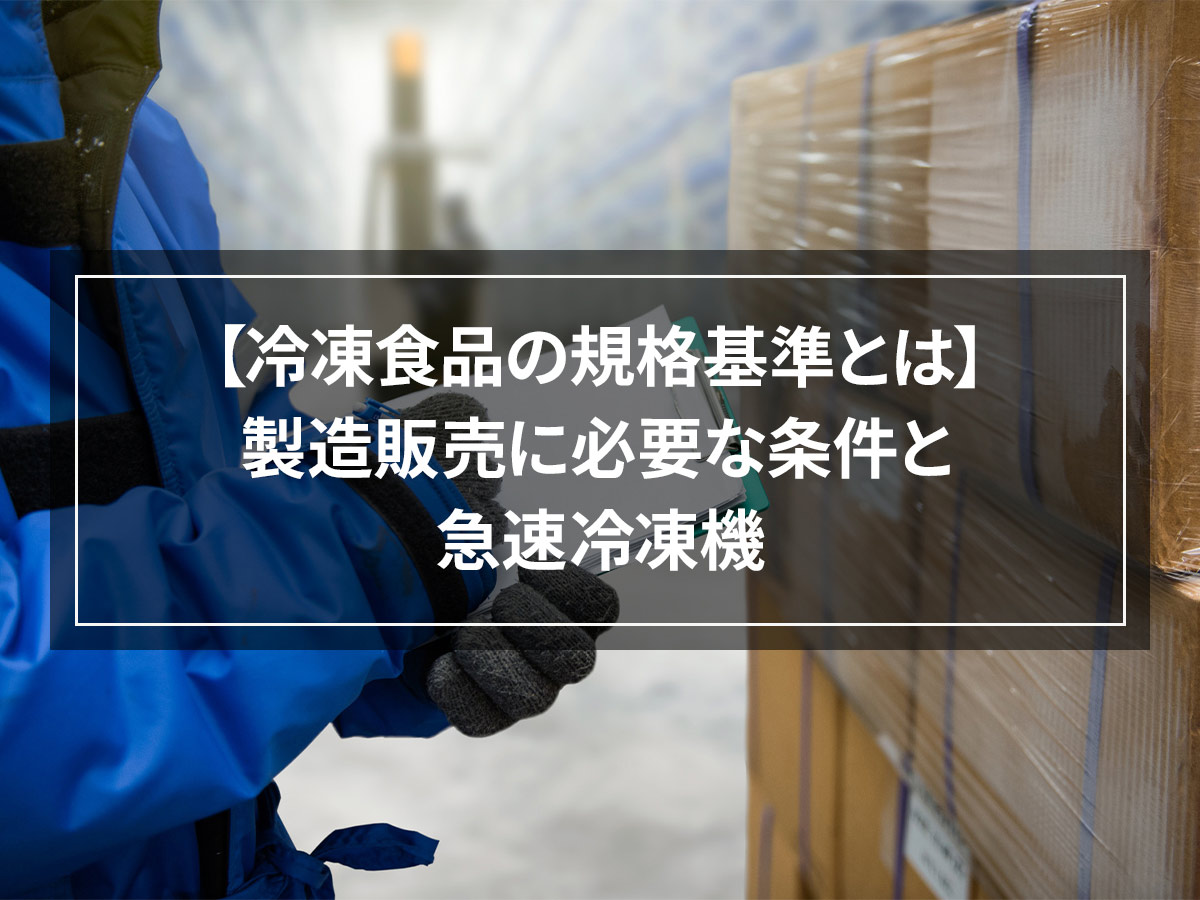
![[Required for Cook Chill System] How much does a blast chiller cost?](https://shunkashutou.com/wp-content/uploads/2024/08/fc29ddca3d7d1f8d53bf99518ce28fcf.webp)
![[Deliver delicious ham! ] Meat processing manufacturer’s rapid freezing implementation example](https://shunkashutou.com/wp-content/uploads/2024/09/0825c4a97ac8495fd2408a91574cede6.webp)
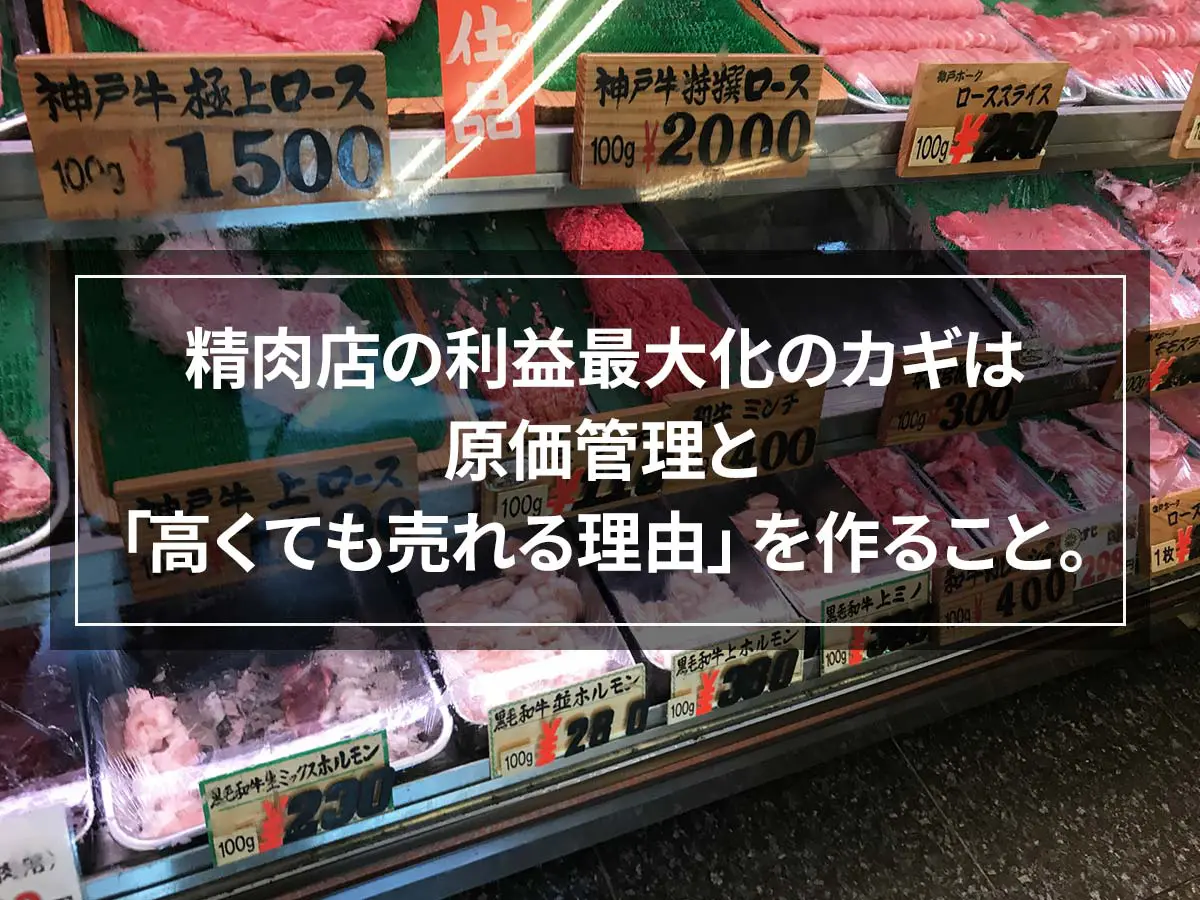
![[Includes recommendations by industry] Summary of types and benefits of small rapid freezer](https://shunkashutou.com/wp-content/uploads/2020/12/smallsize.jpg)
![[Current situation and countermeasures for food loss] What are efforts to reduce food waste and rapid freezing? ?](https://shunkashutou.com/wp-content/uploads/2024/04/ddc2c5b7fa32b837dcbdcd1ab68e9087.jpg)

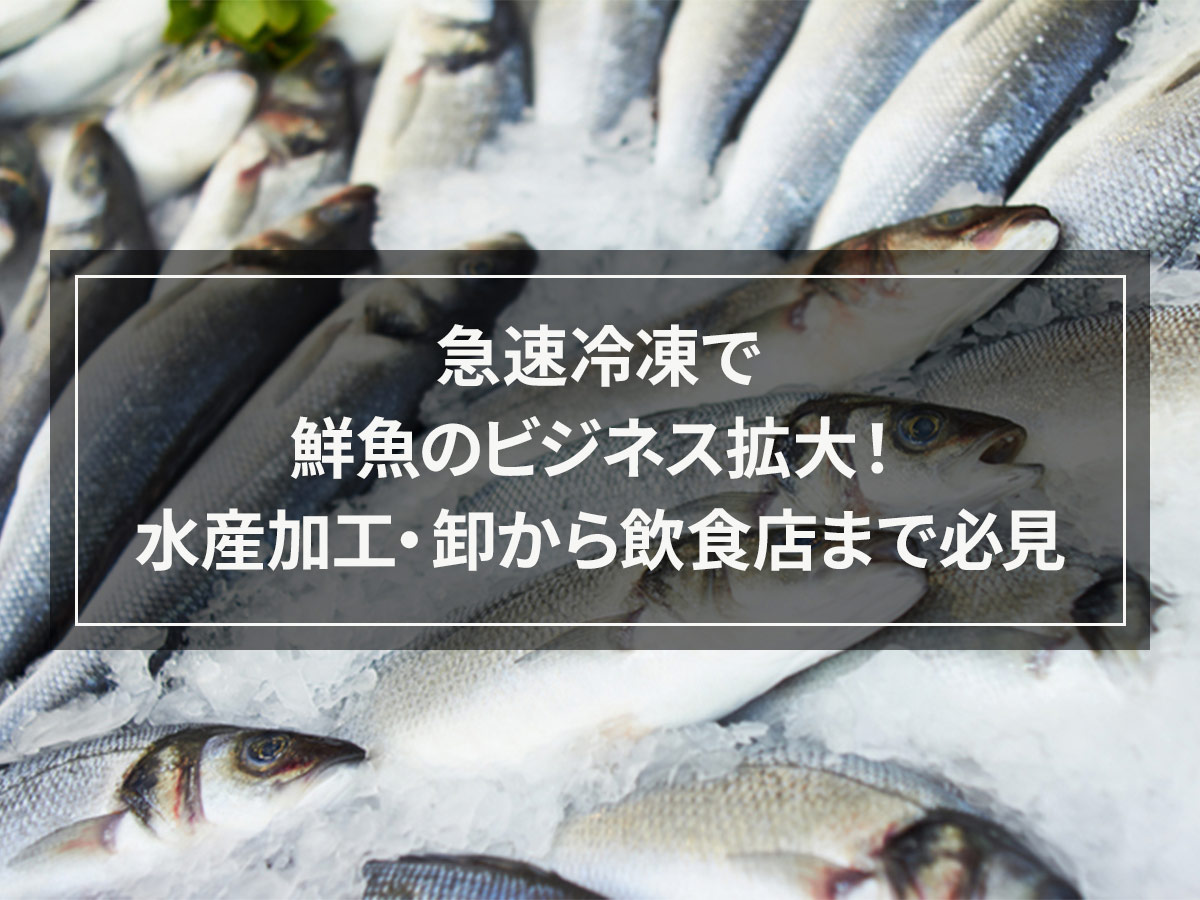

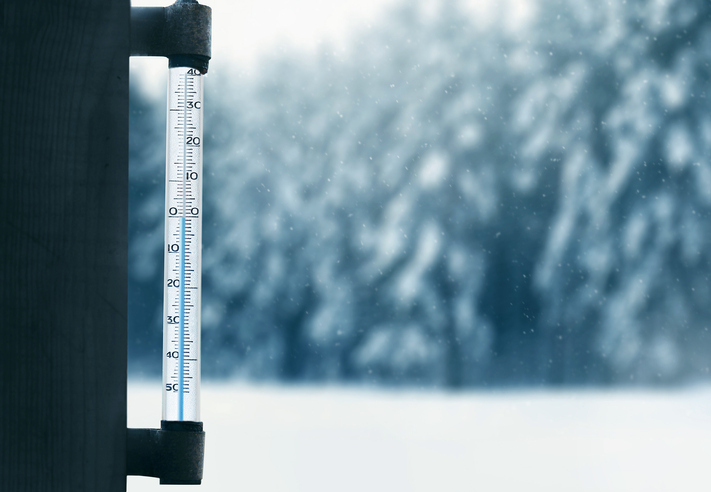
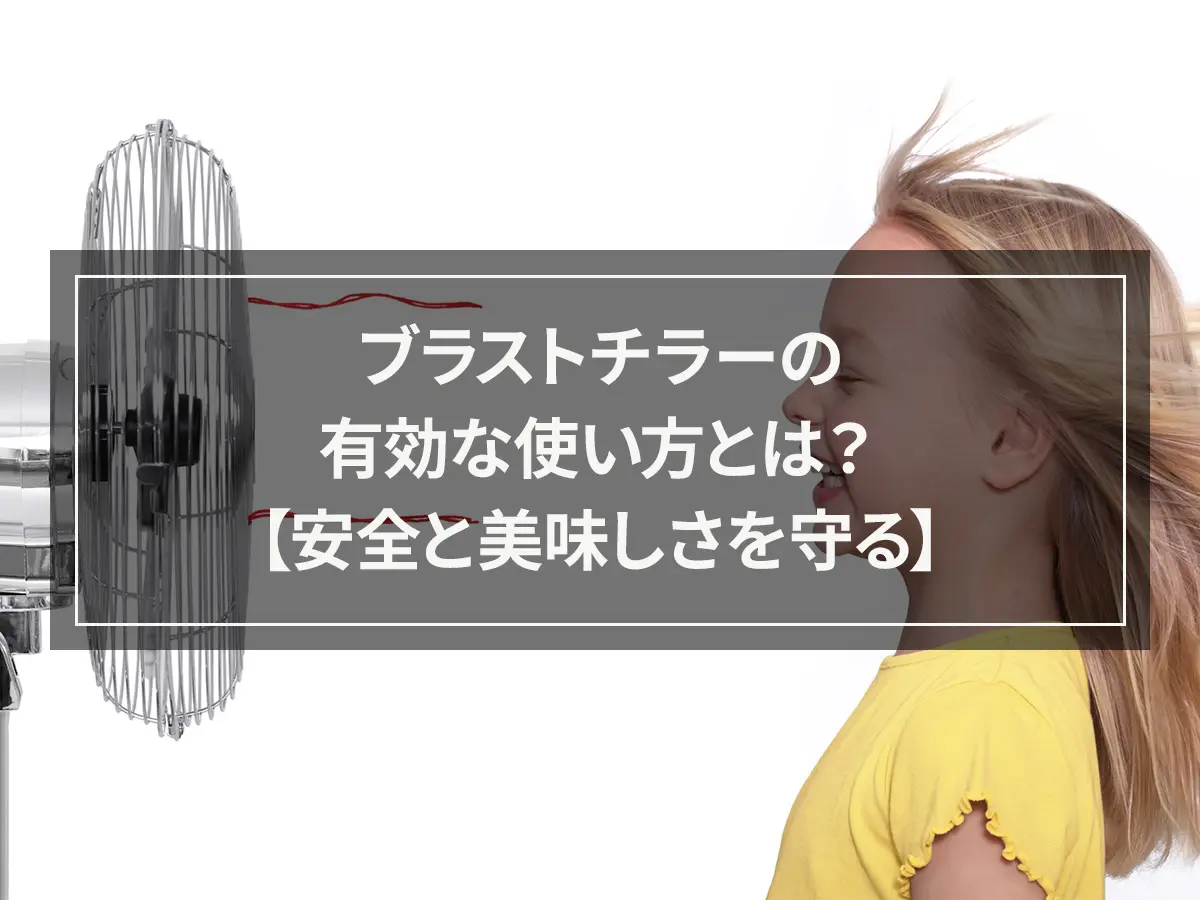
![[Commercial rapid freezer] Explaining the features, size, and price of Panasonic rapid freezing](https://shunkashutou.com/wp-content/uploads/2021/01/panasonic.jpg)




